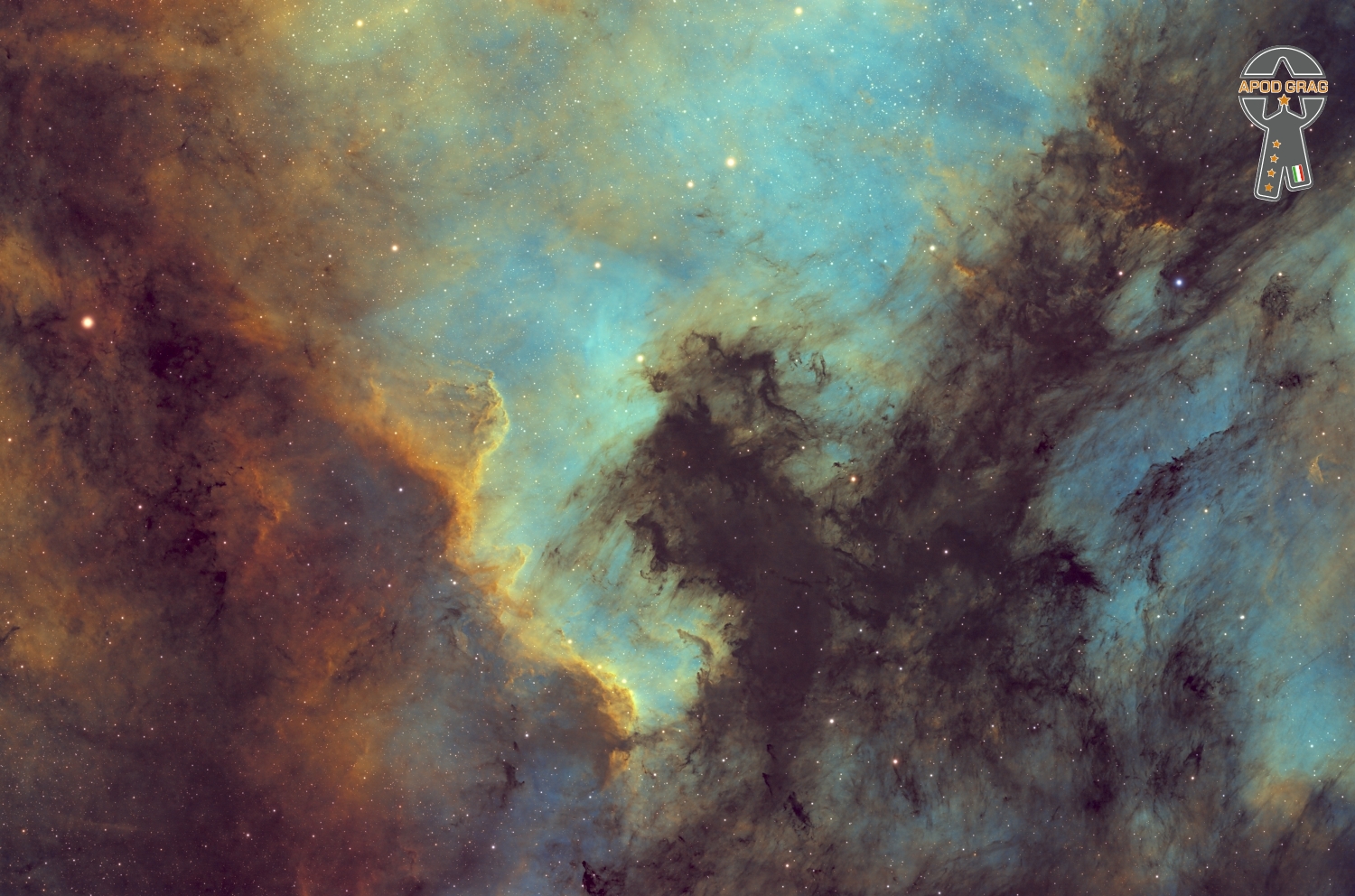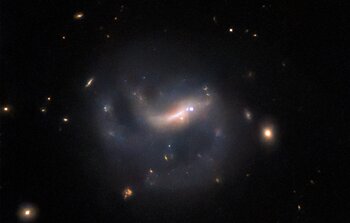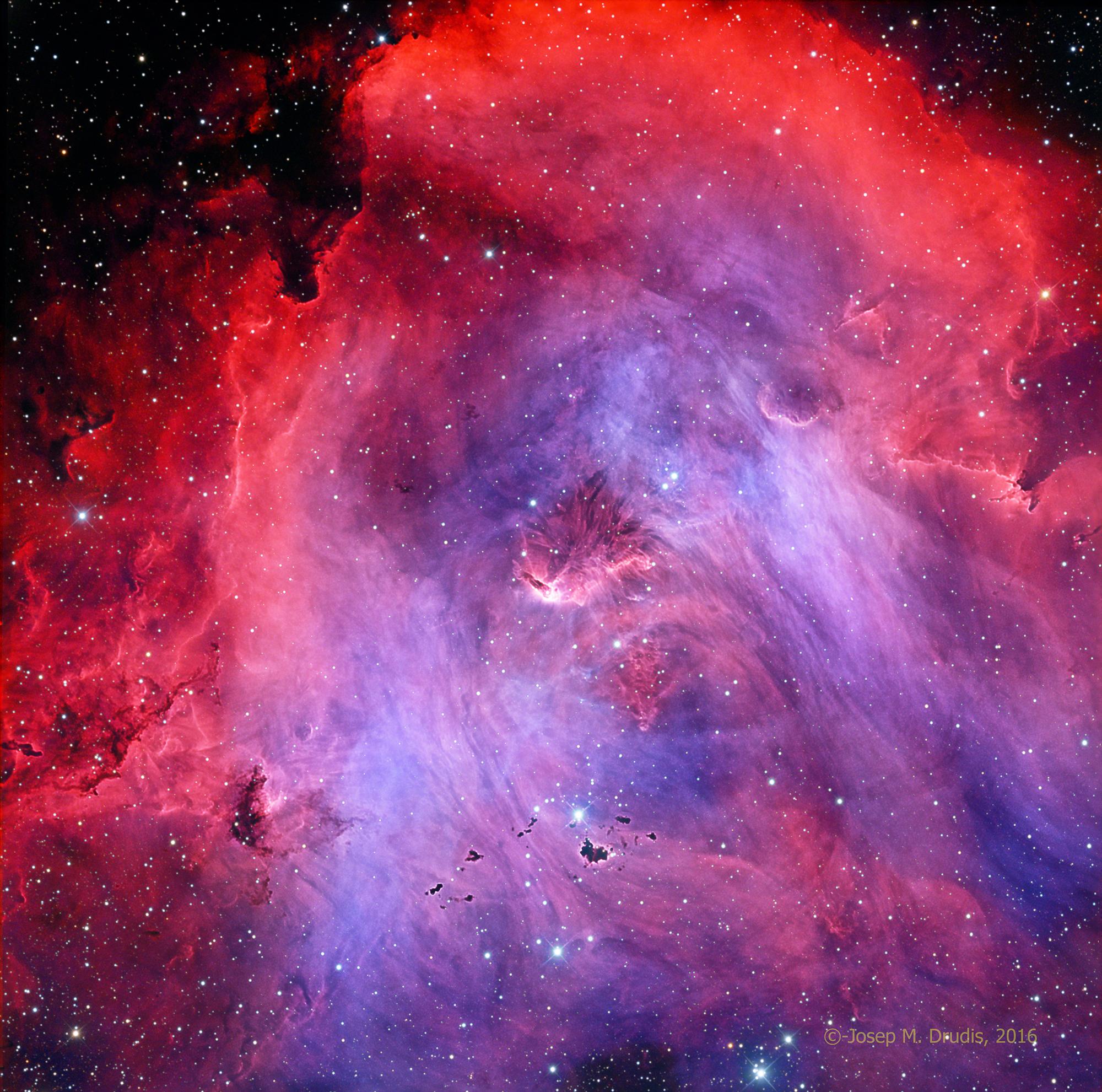Blog
Rodney Crowell (born August 7, 1950 Houston, TX) is an American musician, known primarily for his work as a singer and songwriter in country music. Crowell has had five number one singles on Hot Country Songs, all from his 1988 album Diamonds & Dirt. He has also written songs and produced for other artists.
He was influenced by songwriters Guy Clark and Townes Van Zandt. Crowell played guitar and sang for three years in Emmylou Harris‘ Hot Band.
He has won two Grammy Awards in his career, one in 1990 for Best Country Song for the song “After All This Time” and one in 2014 Best Americana Album for his album Old Yellow Moon.
more...George Abel Van Eps (August 7, 1913 – November 29, 1998) was an American swing and mainstream jazz guitarist.
George Van Eps was born in Plainfield, New Jersey, United States, into a family of musicians. His three brothers – Fred Abel Van Eps, Jr. (1907–1980), Robert B. Van Eps (1909–1986), and John A. Van Eps (1912–1945) – were musicians. His mother, Louise Abel, was a classical pianist and his father, Fred Van Eps, was a ragtime banjoist and sound engineer. George Van Eps began playing banjo when he was eleven years old. After hearing Eddie Lang on the radio, he put down the banjo and devoted himself to guitar. By the age of thirteen, in 1926, he was performing on the radio. Through the middle of the 1930s, he played with Harry Reser, Smith Ballew, Freddy Martin, Benny Goodman, and Ray Noble.
more...Rahsaan Roland Kirk (born Ronald Theodore Kirk; August 7, 1935 – December 5, 1977), known earlier in his career simply as Roland Kirk, was an American jazzmulti-instrumentalist who played tenor saxophone, flute, and many other instruments. He was renowned for his onstage vitality, during which virtuoso improvisation was accompanied by comic banter, political ranting, and the ability to play several instruments simultaneously.
Ronald Theodore Kirk was born in Columbus, Ohio, where he lived in a neighborhood known as Flytown. He became blind at two years old, which he said was a result of improper medical treatment. As a teenager, Kirk studied at the Ohio State School for the Blind. By 15, he was on the road playing rhythm and blues on weekends with Boyd Moore’s band. According to saxophonist Hank Crawford, “He would be like this 14-year-old blind kid playing two horns at once. They would bring him out and he would tear the joint up.” Crawford heard him during this period and said he was unbelievable. He remarked, “Now they had him doing all kinds of goofy stuff but he was playing the two horns and he was playing the shit out of them. He was an original from the beginning.” Kirk felt compelled by a dream to transpose two letters in his first name to make ‘”Roland”. In 1970, Kirk added “Rahsaan” to his name after hearing it in a dream.
In 1975, Kirk had a major stroke which led to partial paralysis of one side of his body.He continued to perform and record, modifying his instruments to enable him to play with one arm. At a live performance at Ronnie Scott’s Jazz Club in London he even managed to play two instruments, and carried on to tour internationally and to appear on television.
He died from a second stroke in 1977, aged 42, the morning after performing in the Frangipani Room of the Indiana University Student Union in Bloomington, Indiana.
more...Charles Luckyth Roberts (August 7, 1887 – February 5, 1968), better known as Luckey Roberts, was an American composer and stride pianist who worked in the jazz, ragtime, and blues styles. Roberts performed as musician, band/orchestra conductor, and dancer. He taught music and dance. He also owned a restaurant and bar in New York City and in Washington, D.C. Luckey Roberts noted compositions include “Junk Man Rag”, “Moonlight Cocktail“, “Pork and Beans” (1913), and “Railroad Blues”.
Luckey Roberts was born in Philadelphia, Pennsylvania, United States, and was playing piano and acting professionally with traveling Vaudeville and Negro minstrel shows in his childhood. His father, William Roberts, an unaccredited self-taught veterinarian, was overwhelmed by the responsibility of single-parenthood when his mother, Elizabeth Williams Roberts, tragical died just three weeks after his birth.
more...The North America Nebula (NGC 7000 or Caldwell 20) is an emission nebula in the constellation Cygnus, close to Deneb (the tail of the swan and its brightest star). It is named because its shape resembles North America. 2590 ly. 
Ravi Coltrane (born August 6, 1965 Long Island, NY) is an American jazz saxophonist. Co-owner of the record label RKM Music, he has produced pianist Luis Perdomo, guitarist David Gilmore, and trumpeter Ralph Alessi.
more...
Regina Carter (born August 6, 1966 Detroit) is an American jazz violinist. She is the cousin of jazz saxophonist James Carter.
more...Charles Edward Haden (August 6, 1937 – July 11, 2014 Shenandoah, IA) was an American jazz double bass player, bandleader, composer and educator whose career spanned more than fifty years. Haden helped to revolutionize the harmonic concept of bass playing in jazz, evolving a style that sometimes complemented the soloist, and other times moved independently, liberating bassists from a strictly accompanying role.
more...Anna Marie Wooldridge (August 6, 1930 – August 14, 2010 Chicago),known professionally as Abbey Lincoln, was an American jazz vocalist. She was a civil rights activist beginning in the 1960s. Lincoln made a career out of delivering deeply felt presentations of standards, as well as writing and singing her own material.
more...https://youtu.be/rpSbYik54R4?si=ves4E6yIDZrH-78J
more...This Hubble Picture of the Week features the galaxy LEDA 857074, located in the constellation Eridanus. LEDA 857074 is a barred spiral galaxy, with partially broken spiral arms. It also has a particularly bright spot right in its bar: this is a supernova snapped by Hubble, named SN 2022ADQZ, and quite relevant to this Picture of the Week.
The NASA/ESA Hubble Space Telescope has observed a vast range of celestial objects, from galaxies, to nebulae, to star clusters, to planets in the Solar System and beyond. Observing programmes usually seek to gather data so that astronomers can answer a specific question. Naturally, this means most scheduled observations target an object that astronomers have already researched. Some are famous, like the Crab Nebula or the globular cluster Omega Centauri; others might not be so well known to the public, but still be featured in hundreds of scientific papers, such as the Spider Galaxy or NGC 4753. Not so with this galaxy: LEDA 857074 is named in fewer than five papers, one of which is the Lyon-Meudon Extragalactic Database itself. Virtually no data have been recorded about it, other than its position: since its discovery, it simply hasn’t been studied. So how did it attract the gaze of the legendary Hubble?
The supernova is the answer — SN 2022ADQZ was detected by an automated survey in late 2022, and led to Hubble being pointed at its host galaxy, LEDA 857074, in early 2023. Astronomers have catalogued millions of galaxies, so while today tens of thousands of supernovae are detected annually, the chance that one is spotted in any particular galaxy is slim. We also do not know how actively LEDA 857074 is forming stars, and therefore how often it might host a supernova. This galaxy is therefore an unlikely and lucky target of Hubble, thanks to this supernova shining a spotlight on it! It now joins the ranks of many more famous celestial objects, with its own Hubble image. 
Leonard Harold Breau (August 5, 1941 – August 12, 1984) was an American-Canadian guitarist. He blended many styles of music, including jazz, country, classical, and flamenco. Inspired by country guitarists like Chet Atkins, Breau used fingerstyle techniques not often used in jazz guitar. By using a seven-string guitar and approaching the guitar like a piano, he opened up possibilities for the instrument.
more...Airto Guimorvan Moreira (born August 5, 1941) is a Brazilian jazz drummer, composer and percussionist. He is married to jazz singer Flora Purim, and their daughter Diana Moreira is also a singer. Coming to prominence in the late 1960s as a member of the Brazilian ensemble Quarteto Novo, he moved to the United States and worked in jazz fusion with Miles Davis, Return to Forever, Weather Report and Santana.
more...At the Heart of IC 2948 the “Running Chicken Nebula” are large clouds of gas and dust as this region produces newborn stars in what we call a “ Star Factory.” In the upper left corner are a series of Boc globules that remind us of many solar systems like our own, floating in interstellar space. It’s the brightest emission and reflection nebulae in the constellation of Centaurus and lies around 6,500 light-years away.

More Posts
- One Race the Human Race
- Nikki Giovanni Memorial
- Challenge to Change Performance
- Cosmos NGC 5128
- McCoy Tyner
- Big Mama Thornton
- Hector Berlioz
- Pérez Prado
- World Music Iberoamerican Ensemble
- Daily Roots Scientist
- R D Laing Masquerade
- World Human Rights Day 2024
- Cosmos NGC 5643
- Larry Fast
- Bob Cranshaw
- Guitar Slim
- Ray Nance
- World Music Refugees for Refugees
- Daily Roots Viceroys
- Little Shop of Horrors 2025